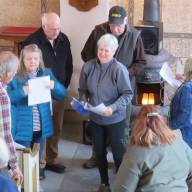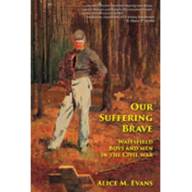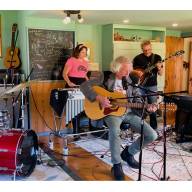It’s now easier for Vermont towns to adopt a local option tax (LOT), and the Mad River Valley Planning District projects an LOT could yield $960,000 to $1.6M from Warren, Waitsfield, and Fayston.
Under Act 144 (2024) and Act 57 (2025), municipalities no longer need a charter change or legislative approval to enact an LOT, it just takes an affirmative town vote. The local share of revenue towns receive has increased from 70% to 75% with this the new law. An LOT allows towns to add a 1% tax to eligible state taxes on retail sales, meals and alcoholic beverages, and rooms. Essential items such as groceries, clothing, and medical supplies are exempt. The tax also applies to online purchases delivered locally.
ANNUAL IMPACT
The potential yields for The Valley come from an analysis by the Mad River Valley Planning District (MRVPD). The higher end of that estimate accounts for online retail sales, which are not currently reflected in state tax data but have proven to be a significant revenue source in towns that have implemented LOTs.
If Warren and Waitsfield voters adopt an LOT, those towns could see up to $795,000 and $880,000 annually, while Fayston – due to its limited business would generate less.
LOT taxes are paid primarily by visitors, with estimates showing that visitors would pay 74% of the LOT revenues and local residents paying the balance. The MRVPD reports an annual impact of $175 per household.
CHANGED POLITICAL LANDSCAPE
“Our interest in exploring this is to create a mechanism for the town to have the ability to pay for infrastructure. In the past we've funded a lot of our major infrastructure projects through borrowing, property tax, and grants. Under the current political climate, at the federal level where historically we have been able to rely heavily on federal grants and loans for a lot of our major projects, the landscape has changed, and we don’t see that support in the foreseeable future,” explained Waitsfield Select Board chair Brian Shupe, after the board discussed the issue on October 6.
Additionally, he said, the town needed the ability to be more resilient and self-sustaining because of natural disasters which will continue, and increase.
“What we’re finding is that FEMA is shrinking and may no longer exist, so we have to put money aside for disaster funding. We spent $100,000 on relatively targeted flood damage last summer that we didn’t have in the budget and we’re still trying to recoup those funds,” Shupe explained.
INFRASTRUCTURE NEEDS
More than 38 Vermont towns currently use LOT revenue for a wide range of projects. Waterbury, for instance, funds road maintenance and housing programs, while Stowe uses its LOT to support emergency services. In St. Albans, LOT proceeds have gone toward public recreation facilities.
In Waitsfield the town needs a new town garage, Meadow Road Bridge is failing, federal funding to fully cover the town’s municipal wastewater system did not come through. Fayston needs a new town garage and Warren voters will be asked to bond for a new town garage next month.
The Mad River Valley previously attempted a tri-town LOT vote in 2020, but the initiative failed after Waitsfield voters rejected a required charter change. As planned in 2020, Warren, Waitsfield and Fayston would have comingled LOT funds to be used on multi-town initiatives. At that time funds raised from all three towns would have yielded about $750,000, a significant change from the recent MRVPD analysis which offers a conservative estimate of $795,000 for Warren and $880,000 for Waitsfield.
RESERVATIONS
During this week’s discussion, Waitsfield Select Board member Chach Curtis reminded the board that The Valley is surrounded by towns with LOTS, including Waterbury, Montpelier, Barre, Berlin, Williston, Burlington, Colchester, and South Burlington.
“I believe every ski town in the state now as a version of an LOT,” Shupe added.
The board considered whether LOT funds could be permanently earmarked for infrastructure, emergency, and reserve funds and how that question might be asked, if the board opts to bring the issue to voters at Town Meeting next March. Board member David Babbitt-Klein said he was in favor of exploring the possibility further as did board member Larissa Ursprung.
Board member Fred Messer had some reservations.
“It's very intoxicating to look at those numbers, but affordability is still my concern. What price is this going to extract from our community? The good part is, five of us aren’t going to decide whether or not this tax goes into effect. Voters will decide so,” he said.
The Waitsfield board will continue to explore the idea and it is likely to come up at the Warren and Fayston Select Boards as well. To raise the kinds of funds that an LOT would raise, local towns would have to significantly increase property tax rates, by 19% in Warren and by 30% in Waitsfield.
Warren Select Board chair Devin Klein Corrigan said the board would be discussing the MRVPD analysis next week. She said she supports the opportunity for an alternative stream of revenue that can be directed to infrastructure, climate emergencies, maintenance, housing, and other issues.
The Fayston Select Board is aware of the MRVPD analysis but had not yet discussed it or an LOT.













